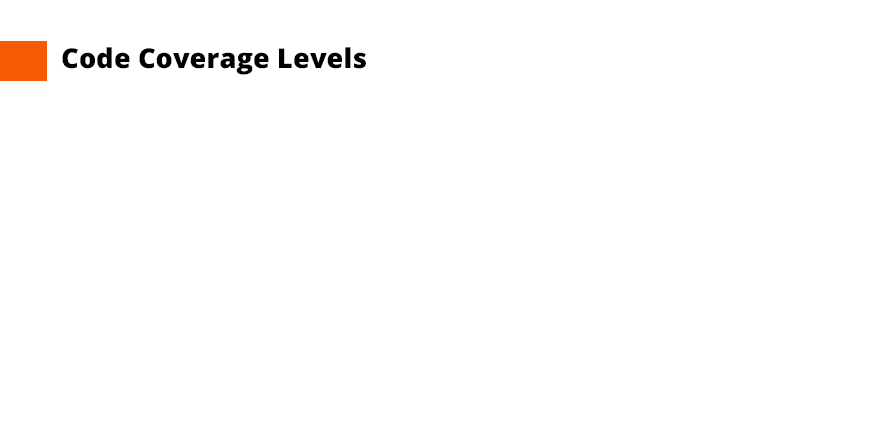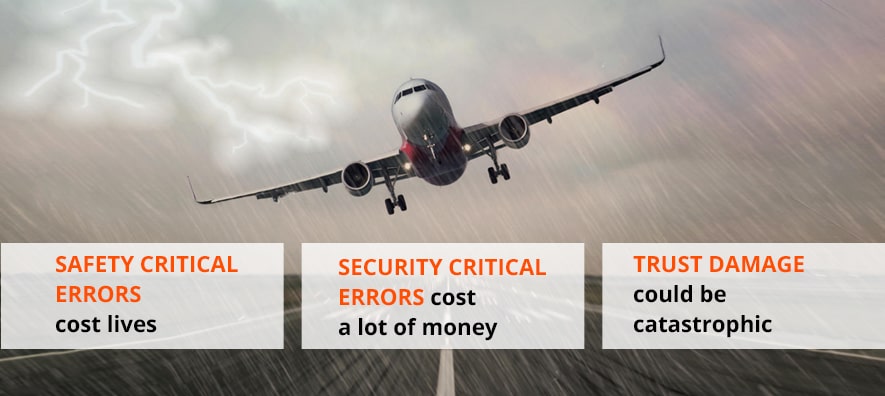- QATestLab Blog >
- QA for Business >
- Industries Insights >
- How to save money for buying a new car by measuring code coverage
How to save money for buying a new car by measuring code coverage

If your purpose is to run in a race for the best business solutions for IT projects, you know that there’s always a lot of risks. But what can be stable? In a lot of cases, code coverage is useful to save information about the functioning of the program that’s running. Test coverage metrics can help you figure out where you spend most of your money allocated to testing. Besides, code coverage connects this and source code information to develop the code coverage testing in a report.
What is code coverage and how to measure it
Coverage code by itself is the measurement of covered code percentage, which needs measurement and tools. During this process, code is going from one level to another. They let you make code coverage analysis of all data and every code line.

- Condition. It checks condition states and Condition State Combination.
- Decision. It controls the flow check and shows hidden branches.
- Statement. It gives a ration of executed statements and it is similar to line coverage.
- Function. It’s very weak but it checks call coverage.
What number of tests is enough? Are they good enough in checking each code line? The measure of coverage code can answer to all questions like these! However, cover measurement also helps to avoid test entropy. As your code goes through several release cycles, there may be a tendency for unit test atrophy.
Since you involve fresh code, you won’t deal with the same standards that were released for the first time in the project. Code coverage measurement can support testing to the required standards.
Code coverage should be:
- based on Control flow;
- with discovered goals during instrumentation;
- used during development (Unit Testing);
- checked if code has been executed.
How defining the code coverage influences the project budget
Let’s imagine that you need to buy a car: to drive to work, home or maybe drive your children to school or even travel. The first thing you want in your car – it must work without problems. And yes, that is exactly what the unit test does! But. There are so many car brands, colors, and other features of this product. So, you need metrics, because everyone wants to be satisfied with their purchase.
That’s why you need a test drive and, translating into the IT world, we need to measure code coverage. What do you need to start the process of measuring coverage by test code? Firstly, check the functionality that you want to test; secondly, check all tests progress.
Professional QA engineers will do everything to satisfy the client’s requirements and avoid faults because the cost of an error can be very high.

The main reason why such errors occur is that they safely hide in places that you would not even think to check, that’s why QA steps in.
QA together with coverage measurement in successful project
For successful solutions, the unit testing joined code coverage. Do we need here some Unit Testing? Sure yes, and here’s why:

It’s a locked circle. To break it, you need a go-between coverage measurement and QA. Also, it’s not enough because some software includes various aspects to verify like GUI and a lot of “-ity”: functionality, usability, scalability, compatibility, reliability, maintainability, security and integrability:

Looks like it is hard to do everything right from the first shot, however, it’s easier when you know where’s the beginning. Start your optimizing with answers to these questions:
- What should a product do?
- Who will use a product?
- How will people use a product?
- What is the possible solution?
As we said previously in this article, to detect errors you need to do Unit Tests. But it’s not enough! Here are other keys to success in such cases:
- Use good tools;
- Consider Test Driven Development;
- Complement Requirement Coverage with Code Coverage;
- Let developers cross-check each other.
Hope it will help you with your products in the future! Check more about Unity Tests advice on QATestLab Blog.
Learn more from QATestLab
Related Posts:
About Article Author
view more articles







No Comments Yet!
You can be the one to start a conversation.